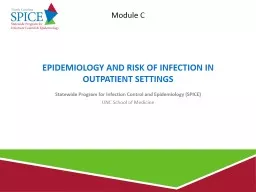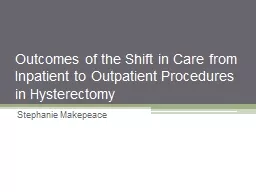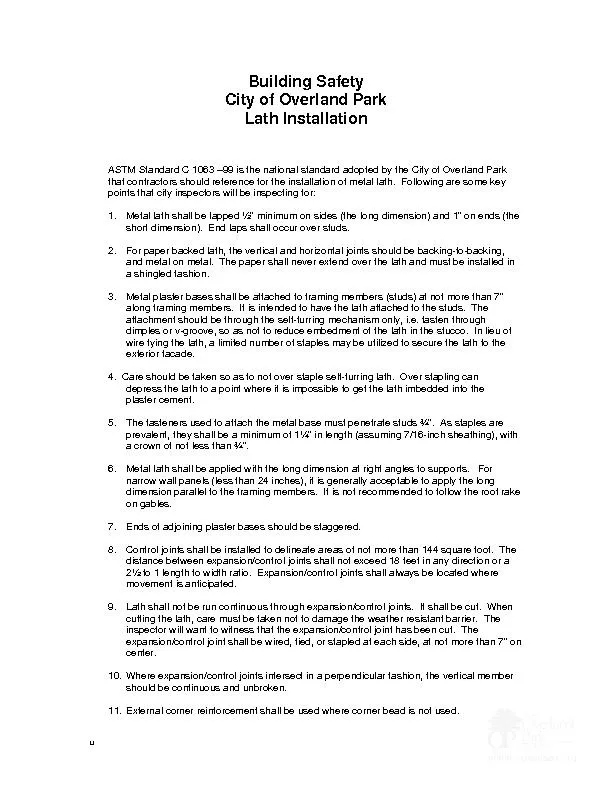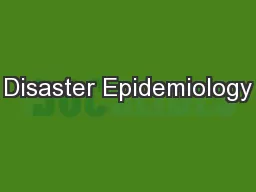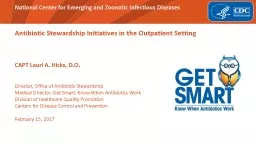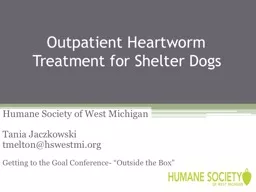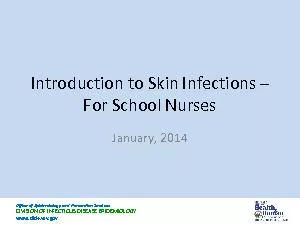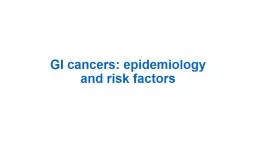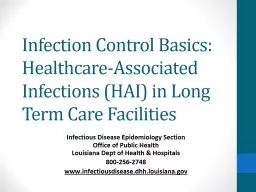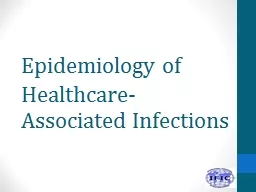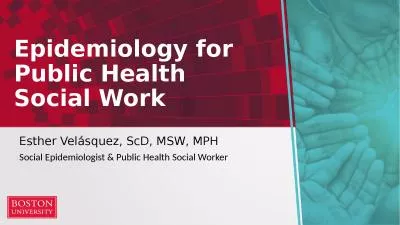PPT-Epidemiology and Risk of Infection in outpatient Settings
Author : conchita-marotz | Published Date : 2018-11-17
Statewide Program for Infection Control and Epidemiology SPICE UNC School of Medicine Module C Objectives Discuss the infectious process Review methods for controlling
Presentation Embed Code
Download Presentation
Download Presentation The PPT/PDF document "Epidemiology and Risk of Infection in ou..." is the property of its rightful owner. Permission is granted to download and print the materials on this website for personal, non-commercial use only, and to display it on your personal computer provided you do not modify the materials and that you retain all copyright notices contained in the materials. By downloading content from our website, you accept the terms of this agreement.
Epidemiology and Risk of Infection in outpatient Settings: Transcript
Download Rules Of Document
"Epidemiology and Risk of Infection in outpatient Settings"The content belongs to its owner. You may download and print it for personal use, without modification, and keep all copyright notices. By downloading, you agree to these terms.
Related Documents

